The presence of cellulite can be a source of frustration for many individuals, especially those struggling with weight issues. If you find yourself among the 73.6% of American adults categorized as overweight or clinically diagnosed with obesity, you may have experienced the unwelcome dimpling and accumulation of excess body fat in areas like the hips, thighs, and buttocks. These stubborn fat pockets often serve as a visible reminder of the extra pounds that can be hard to shed.
While fat, or "adipose tissue," is a natural component of our bodies, comprising approximately 10-25% of our total weight, cellulite is not actually fat itself. Rather, it is the result of the physiological response to fat storage, wherein collagen fibers connecting fat to the skin stretch, break down, or pull, allowing the fat cells or "adipocytes" to protrude. Despite the abundance of supplements, lotions, and other topical treatments claiming to reduce or eliminate cellulite, scientific evidence supporting their effectiveness remains minimal. These products may provide temporary skin tightening but fail to address the underlying issue. Instead, focusing on healthy lifestyle choices such as weight management, balanced nutrition, hydration, and regular physical activity has shown greater promise in managing cellulite long-term.
To minimize the appearance of cellulite, a winning strategy involves a two-pronged approach: reducing body fat and increasing muscle mass. Shedding excess weight can make cellulite less noticeable. This can be achieved by creating a calorie deficit tailored to your lifestyle, such as practicing portion control, reducing added oils, or cutting down on added sugars in your diet. Additionally, incorporating an extra day of cardiovascular exercise or resistance training into your workout routine can help build muscle and contribute to a healthier body composition.
While no magic food can eliminate cellulite entirely, certain dietary choices may aid in its reduction. Here are some foods currently under investigation for their potential role in minimizing cellulite:
1) Blueberries:
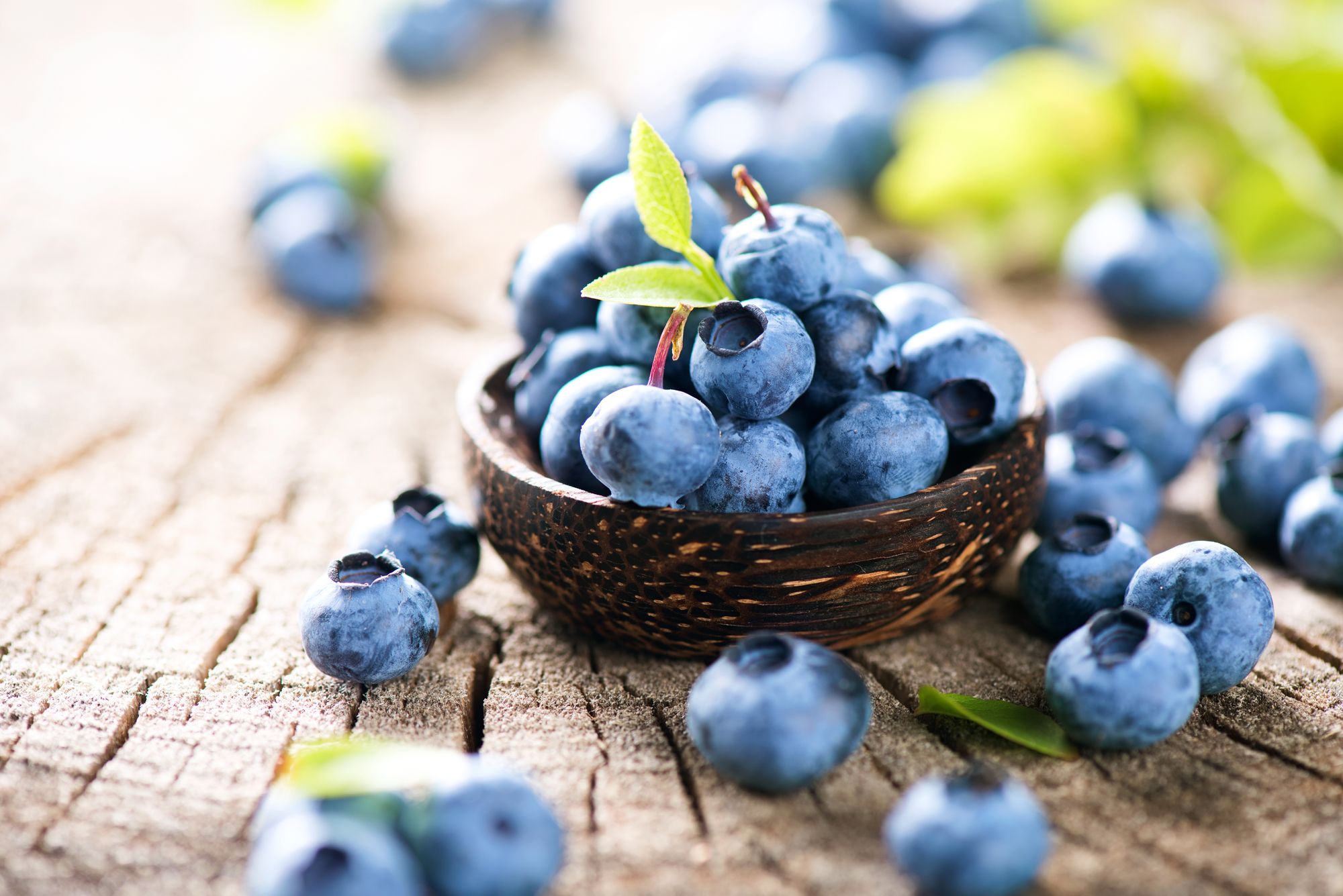
These tiny berries are packed with antioxidants, specifically anthocyanins, which have been shown to promote weight management. Anthocyanins may help reduce fat cell formation, improve insulin sensitivity, and enhance metabolism, all of which contribute to a healthier body composition.
2) Lentils:
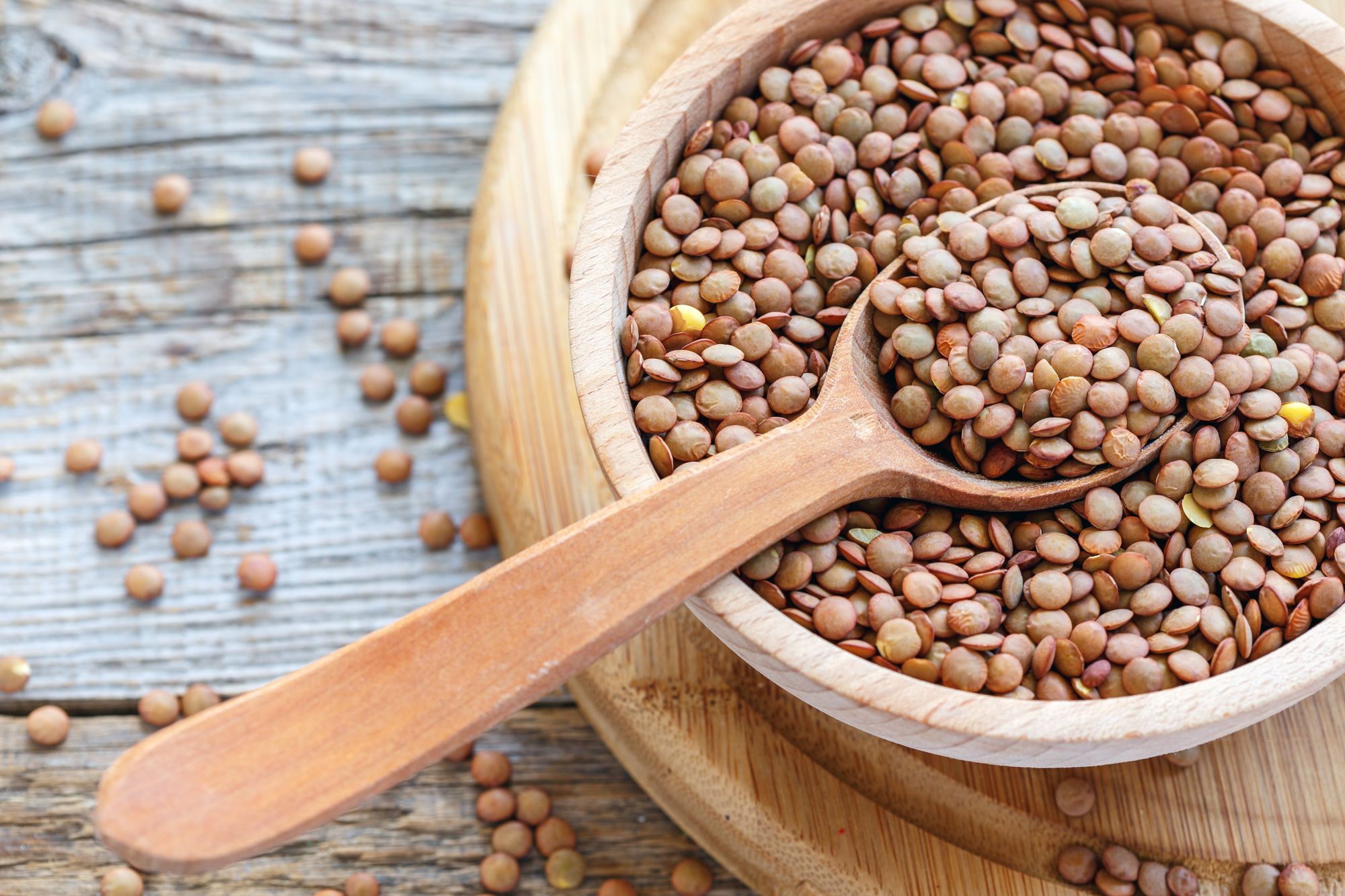
As a member of the legume family, lentils are a nutritional powerhouse. They are rich in protein and dietary fiber, making them a filling and satisfying addition to meals. The high fiber content aids in weight loss by promoting satiety, regulating blood sugar levels, and supporting a healthy digestive system.
3) Pears:
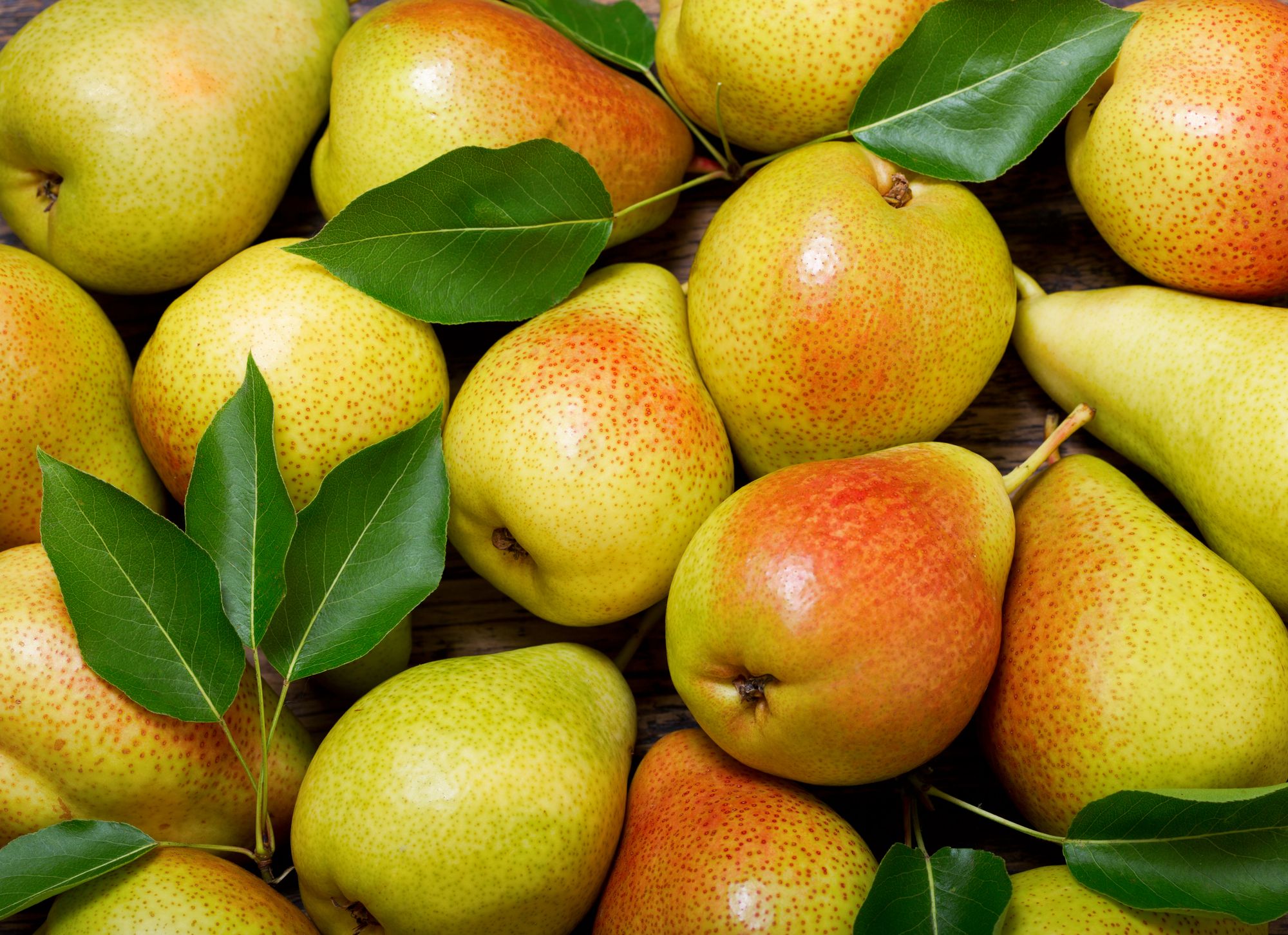
With their high water content and impressive fiber content, pears are excellent for managing weight. The soluble fiber in pears helps slow down digestion, keeping you feeling fuller for longer and reducing the likelihood of overeating. Additionally, the natural sweetness of pears can satisfy cravings for sugary treats.
4) Kale:
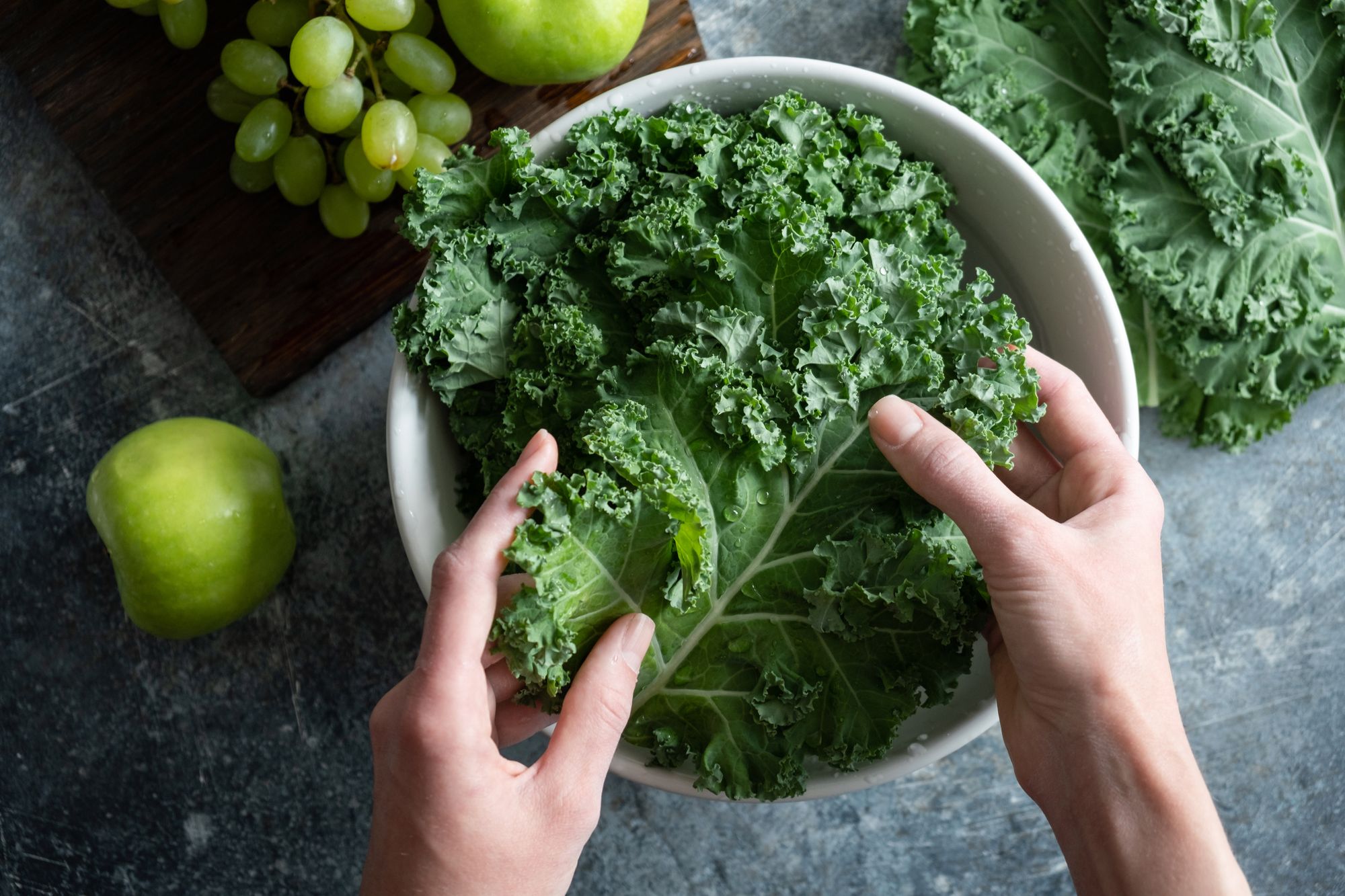
Dark leafy greens like kale are not only low in calories but also packed with essential nutrients. Kale contains a compound called sulforaphane, which has been shown to help reduce body weight and fat accumulation. Its high fiber content further supports weight management by promoting feelings of fullness and aiding digestion.
5) Avocados:

Despite their relatively high calorie content, avocados can aid in weight loss and cellulite reduction. They are rich in monounsaturated fats, which have been associated with improved metabolic health and increased fat burning. Additionally, avocados provide a good amount of fiber, which helps control appetite and promotes digestive health.
6) Mushrooms:
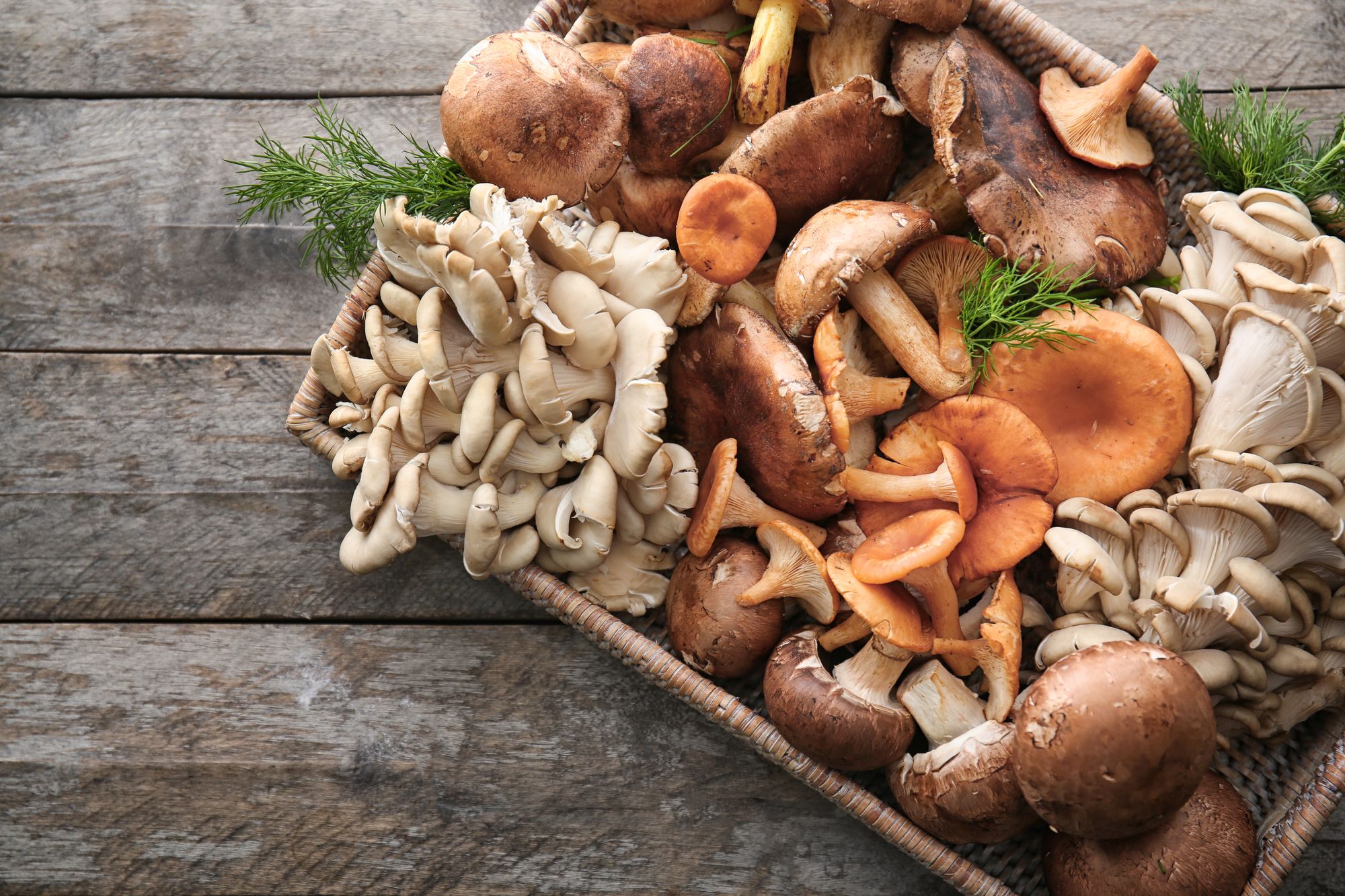
Low in calories and fat, mushrooms are a great addition to a weight management plan. They are a source of dietary fiber and contain compounds that can help regulate blood sugar levels and reduce inflammation. By substituting mushrooms for a portion of meat in recipes, you can decrease calorie intake while still enjoying a satisfying meal.
7) Water:

Staying hydrated is crucial for overall health and weight management. Drinking an adequate amount of water can help boost metabolism, reduce appetite, and support proper digestion. Opt for plain water or infuse it with fruits and herbs for added flavor and nutrients.
8) Bananas:
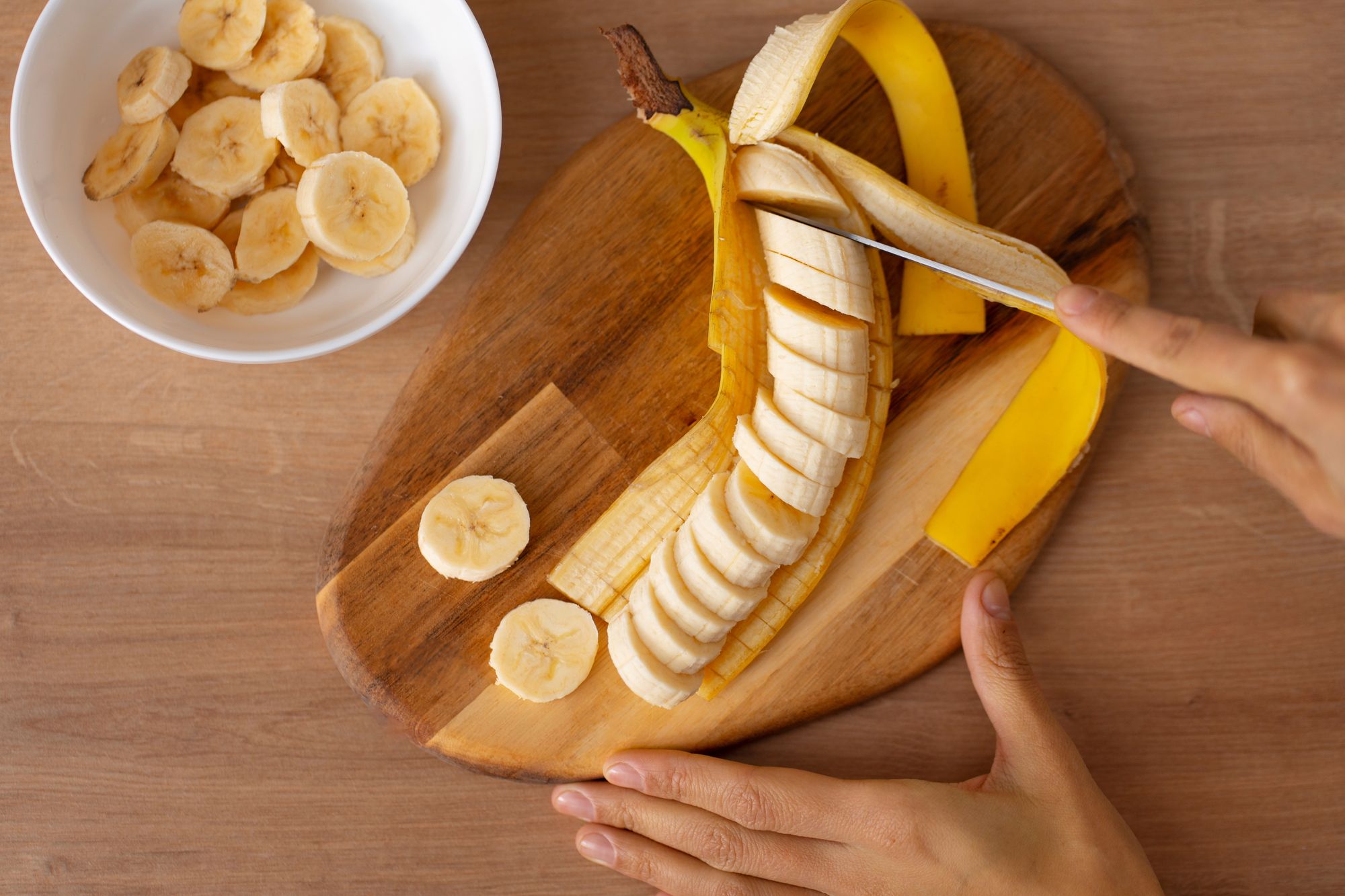
These potassium-rich fruits can help reduce water retention and bloating caused by excessive sodium intake. By maintaining a healthy balance of electrolytes, bananas support proper fluid balance and may help minimize the appearance of cellulite.
9) Sweet Potatoes:
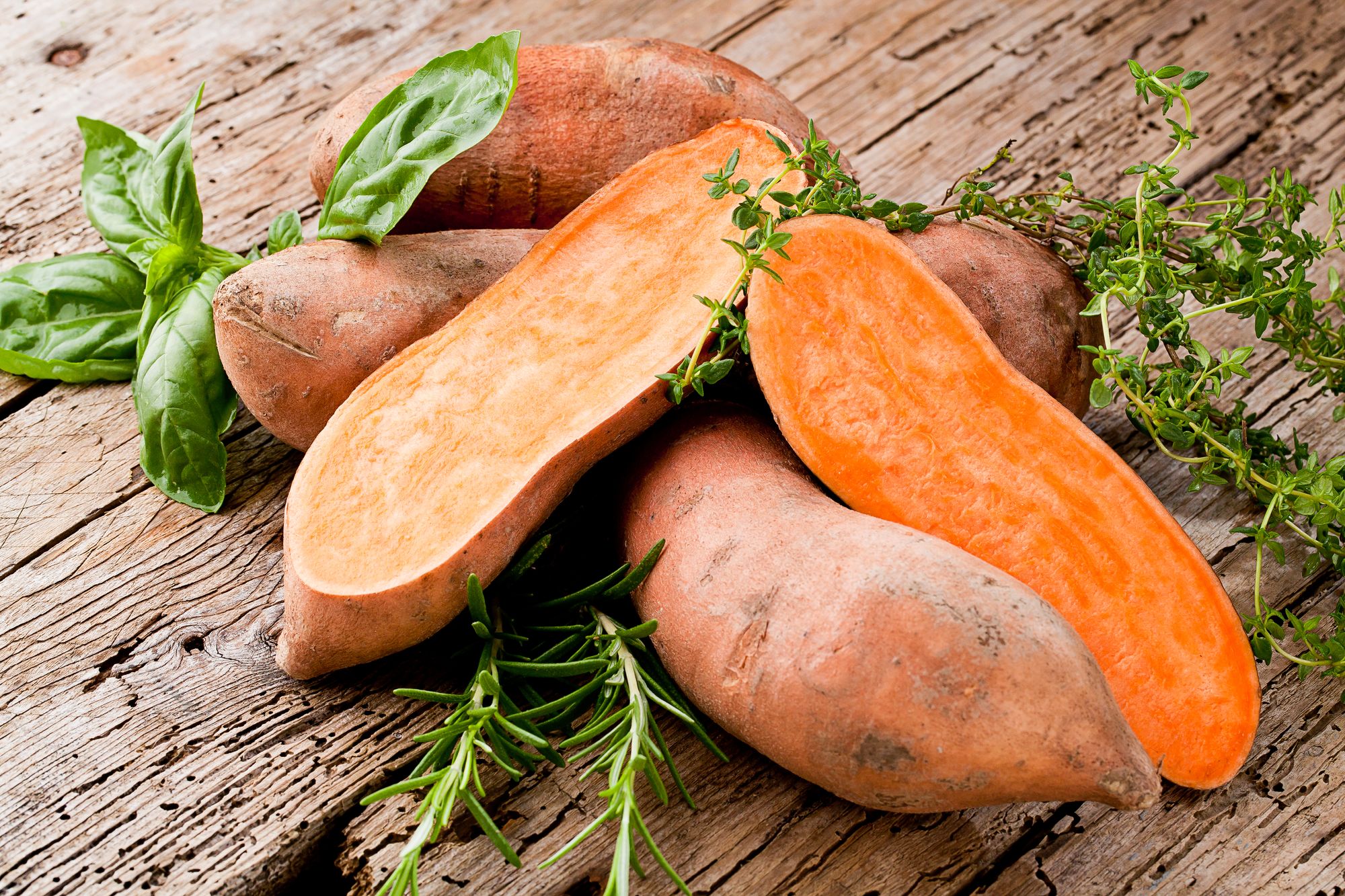
Packed with dietary fiber, vitamins, and minerals, sweet potatoes are a nutrient-dense carbohydrate choice. They have a lower glycemic index compared to regular potatoes, meaning they have a milder impact on blood sugar levels. The fiber content aids in digestion and provides a sense of fullness, making sweet potatoes a satisfying addition to a balanced meal plan.

